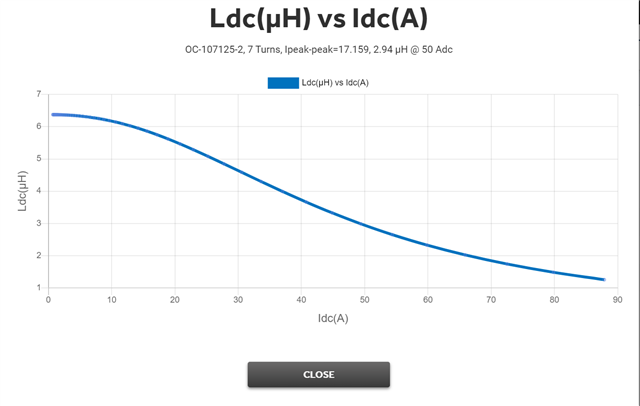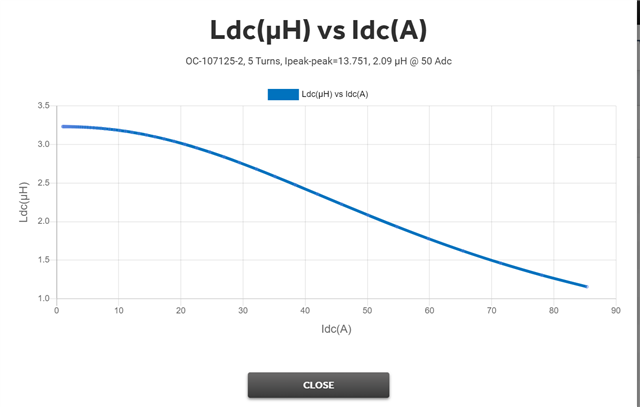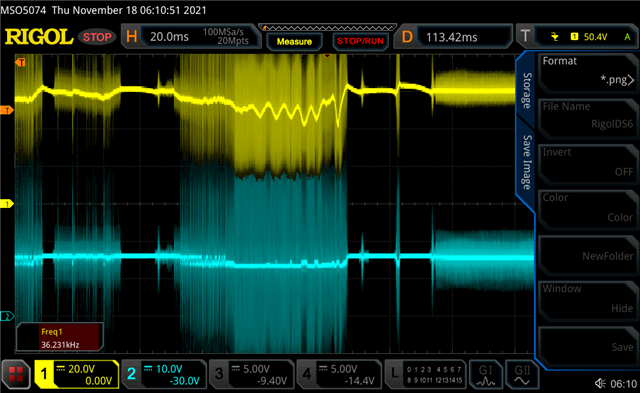Other Parts Discussed in Thread: LM5155,

This thread has been locked.
If you have a related question, please click the "Ask a related question" button in the top right corner. The newly created question will be automatically linked to this question.

Hell Neil,
Thanks for reaching out. Can you please confirm the specs of your design (Vin, Vout, Iout and switching frequency)? Do you have any scope plot of the load transient that you can share with us? It would be helpful to monitor the voltage on the CS pin as well; in addition, can you please check the values of the RC filter on the CS pin (Rcs1, Ccs)? I'm looking forward to hearing from you.
Kind regards,
EM
EM,
Thank you for your reply. Here is more information:


Hello Neil,
thanks for your reply. As first thing, I would recommend to have an RC filter on the CS pin ( like 100 ohm and 100 pF) in order to filter out spikes caused by parasitic and avoid false current limit triggering. It looks like your VIN as well is not so stable, do you have a plot of the switch node and COMP pin as well?
Kind regards,
EM